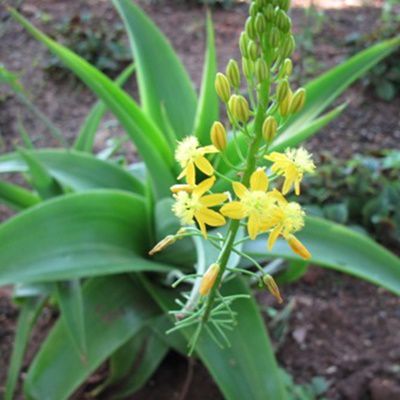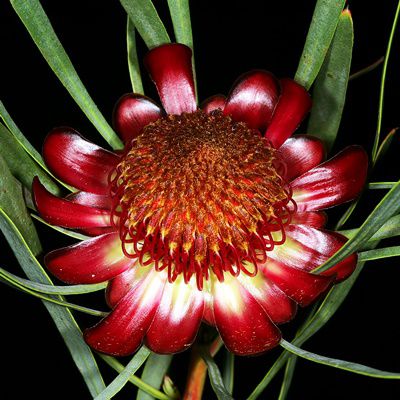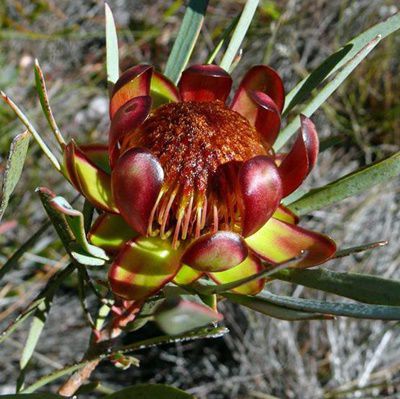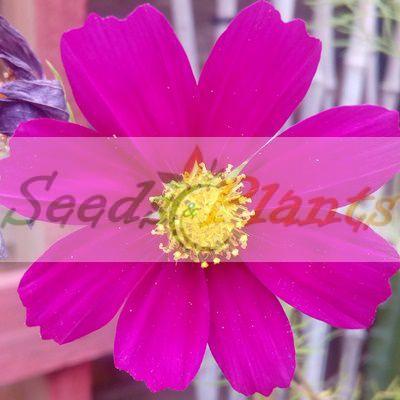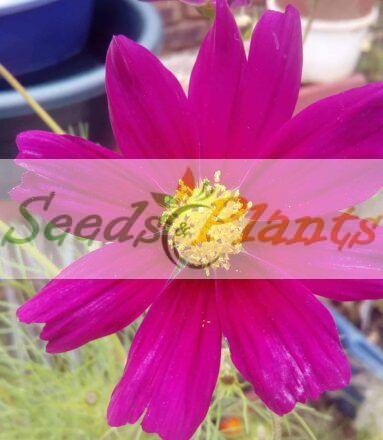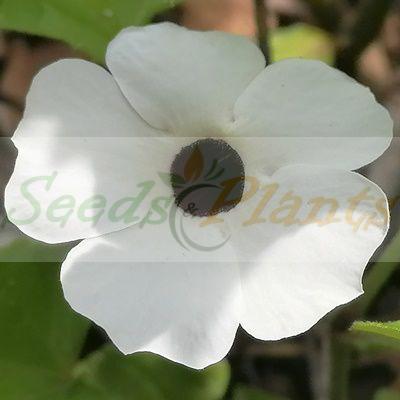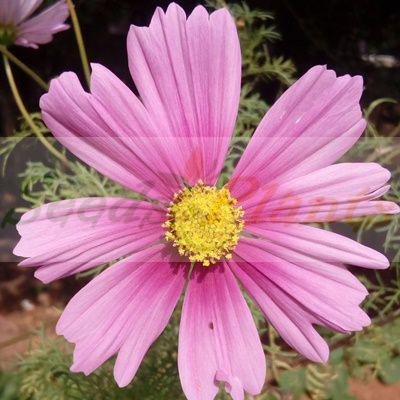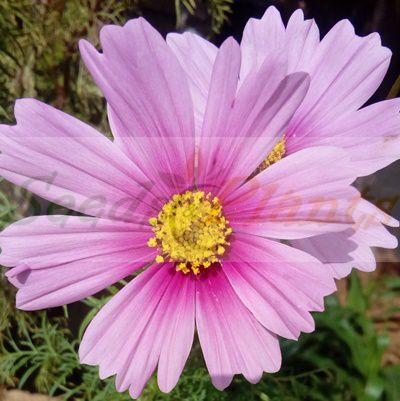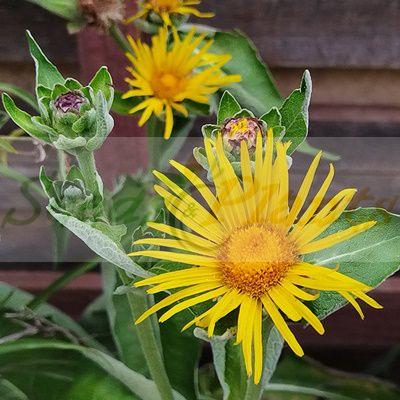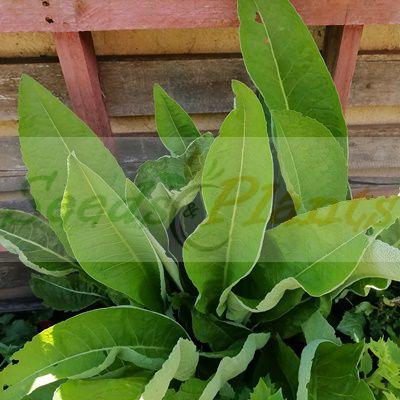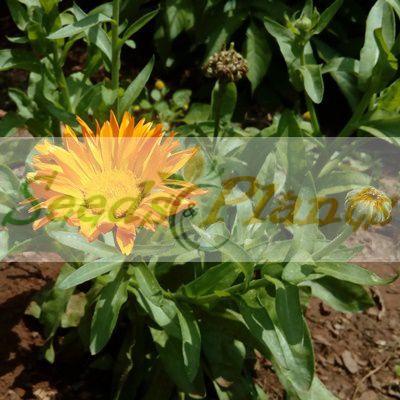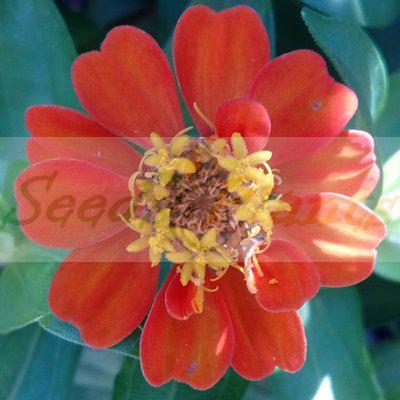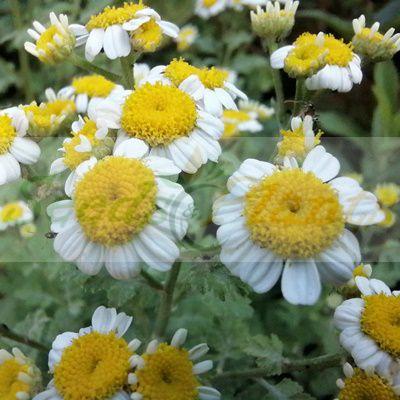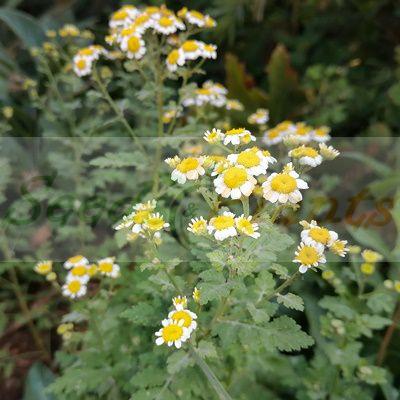🌼 Flower Quick Facts
Flower Info
- 🌍 Origin / Region: South Africa
- 🌸 Flower Color: Wine-Red
- 🦋 Pollinator Method: Attracts Bees, Attracts Beetles, Attracts Sugarbirds, Attracts Sunbirds, Attracts Wasps
Growth Traits
- 🌱 Life Cycle: Perennial
- 🌾 Plant Type: Semi-Succulent
- 🪴 Growth Habit: Bushy, Rounded, Upright
Growing Requirements
- 🌞 Sun Exposure: Full Sun
- 💧 Water Needs: Avoid Overwatering, Moderate Water
- ☀️ Growing Conditions: Drought Tolerant, Moderate Cold Tolerance
- 🟤 Soil Preference: Acidic, Loam, Poor, Rocky, Sandy loam, Well-Drained
Blackrim Sugarbush – 5 Seeds
(Protea acuminata)
R50.00
Blackrim Sugarbush is a flowering shrub in the genus Protea.
Common Names: Blackrim Sugarbush, Angelprotea, Bergrosie, Black-rim Sugarbush and Sederbergprotea.
Indoor Sowing: Spring and Autumn.
Direct Sowing: Spring and Autumn.
Out of Stock
Email me when the product is back in stock.
🌼 Flower Quick Facts
Flower Info
- 🌍 Origin / Region: South Africa
- 🌸 Flower Color: Wine-Red
- 🦋 Pollinator Method: Attracts Bees, Attracts Beetles, Attracts Sugarbirds, Attracts Sunbirds, Attracts Wasps
Growth Traits
- 🌱 Life Cycle: Perennial
- 🌾 Plant Type: Semi-Succulent
- 🪴 Growth Habit: Bushy, Rounded, Upright
Growing Requirements
- 🌞 Sun Exposure: Full Sun
- 💧 Water Needs: Avoid Overwatering, Moderate Water
- ☀️ Growing Conditions: Drought Tolerant, Moderate Cold Tolerance
- 🟤 Soil Preference: Acidic, Loam, Poor, Rocky, Sandy loam, Well-Drained
Blackrim Sugarbush (Protea acuminata), a flowering shrub in the genus Protea. Also known as Angelprotea, Bergrosie, Black-rim Sugarbush, Sederbergprotea.
The plant is endemic to South Africa. There are isolated populations at Nieuwoudtville, and in the Cederberg, Stettynskloof and Riviersonderend Mountains. It can grow as an upright tree. It can become up to two meters in height. It blooms from June to September, with the peak of July to August. Periodic wildfires may destroy the adult plants, but the seeds can survive such an event. The seeds are dispersed by means of the wind. The plant is monoecious with both sexes in each flower. It occurs on dry sandstone slopes in mountainous fynbos, 250-1650 m. It is pollinated by birds and rodents.
Growing Blackrim Sugarbush
Indoor Sowing: Spring and Autumn.
Direct Sowing: Spring and Autumn.
- Seeds can be sown in autumn or spring when the difference between day and night temperatures is about 12ºC. Where winters are cold, plant in spring and where winters are mild, plant in autumn.
- To increase the chance of germination, the seeds should be treated with a smoke primer .
- The soil should be slightly acidic with a pH of 5.5. A mixture of coarse river sand, peat or decomposed pine needles and vermiculite or perlite in a ratio of 2:2:1 is suggested.
- The seeds should be planted to a depth equal to their size and watered well.
- Place the seeds in a semi-shaded position and protect them from rodents, birds and insects.
- Water lightly with a fine spray in the early morning and during the day if necessary – do not allow them to dry out at any time.
- Germination will occur between 1 and 3 months.
Disclaimer
Medicinal Information:
All medicinal information on this website is for educational and informational purposes only and may not be construed as medical advice. The information is not intended to replace medical advice or treatment offered by healthcare professionals.
Seeds, Plants, Plant Cuttings, Geophytes and Dried Herbs:
In some countries and provinces, certain plants are deemed as invasive and are not allowed to be planted at all, whilst some plants are allowed to be grown only in certain areas or provinces. The onus is on you as the buyer to familiarize yourself with the regulations pertaining to your location, before purchasing any of our seeds, plants, plant cuttings, geophytes or dried herbs. We will not be held liable, should you purchase any seeds, plants, plant cuttings, geophytes or dried herbs. from us which are prohibited in your country or province.

